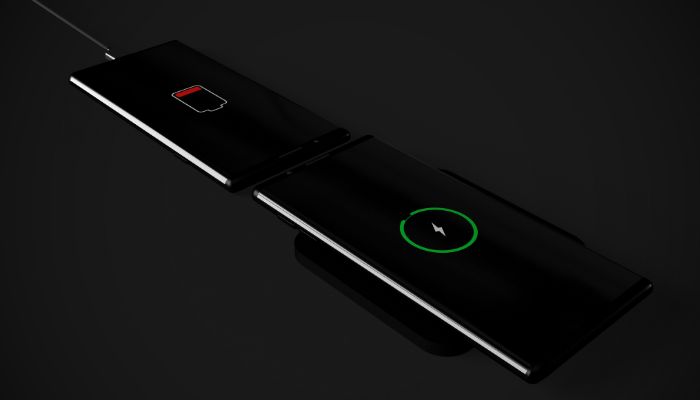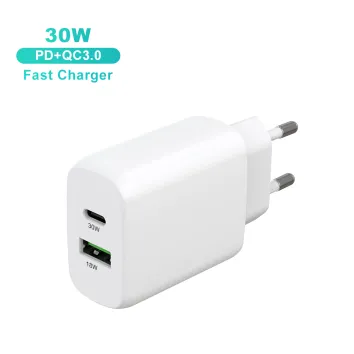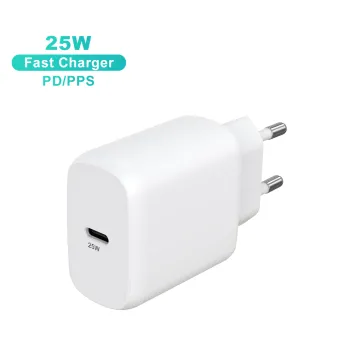Wireless Charging VS Wired Charging | ZONSAN
In an era where convenience is king, wireless chargers are revolutionizing the way we power our devices. They elegantly sidestep the need for a medley of traditional cables - think Lightning, micro USB, and USB power adapters. The simplicity is palpable: just place your phone on the charger, and voilà, charging commences.

The realm of wireless charging, currently, is a playground for the latest phone models. Yet, the horizon beckons with the promise of more devices embracing this trend. This gradual shift by mobile phone manufacturers toward wireless technology is not just noticeable; it's transformative.
Imagine a world where your phone, free from the shackles of physical interfaces, seamlessly interacts with your Bluetooth-enabled earbuds and speakers. This future, while not fully realized, edges closer as an increasing number of mobile phones supporting wireless charging enter the market.
Unpacking the Benefits of Wireless Charging
All-in-one Power Solution: Qi-compatible wireless chargers serve an array of gadgets, including phones, tablets, headphones, and wireless earbuds.

The realm of wireless charging, currently, is a playground for the latest phone models. Yet, the horizon beckons with the promise of more devices embracing this trend. This gradual shift by mobile phone manufacturers toward wireless technology is not just noticeable; it's transformative.
Imagine a world where your phone, free from the shackles of physical interfaces, seamlessly interacts with your Bluetooth-enabled earbuds and speakers. This future, while not fully realized, edges closer as an increasing number of mobile phones supporting wireless charging enter the market.
Unpacking the Benefits of Wireless Charging
All-in-one Power Solution: Qi-compatible wireless chargers serve an array of gadgets, including phones, tablets, headphones, and wireless earbuds.
Clutter-free Existence: Say goodbye to the tangle of wires and the hassle of keeping track of them, a boon for travelers.
Enhanced Battery Longevity: The strategy of frequent, short charging sessions works wonders for extending battery life.
Secure Charging: The integrated charging approach mitigates the risk of USB port corrosion, thereby minimizing the chances of charging mishaps or electrical failures.
Zero Wear and Tear: The constant cycle of plugging and unplugging, a known culprit for port damage, is effectively rendered obsolete.
Overheating Not an Issue: Qi-compatible phones, upon reaching full charge, trigger the charger to shut off, conserving energy and averting battery overheating.
Wireless vs Wired Charging: A Comparative Glance
Charging Pace: While wireless charging tends to be slower, it triumphs in convenience.
Ease of Use: Freed from the clutches of cables, wireless charging epitomizes convenience.
Safety in Technology: As wireless charging technology matures, it's not only becoming more reliable but also incorporates safety features against overheating and overcharging.
Built to Last: Wireless chargers boast a robust build, devoid of fragile exposed metal parts.
Cost Implications: Despite being pricier, wireless chargers justify their cost with the convenience they offer.
Broad Compatibility: Qi-certified wireless chargers cater to a diverse range of devices, unlike their wired counterparts which are model-specific.
In Summary
Wireless charging, a beacon of convenience, is tailor-made for those who aren't racing against the clock for a quick power boost. As technological advancements continue to elevate the reliability of wireless chargers, they are becoming increasingly attractive. However, for those moments when speed is of the essence, wired charging stands as a steadfast option. The ultimate choice hinges on the user's specific needs and preferences.

Read More

Read More

Read More